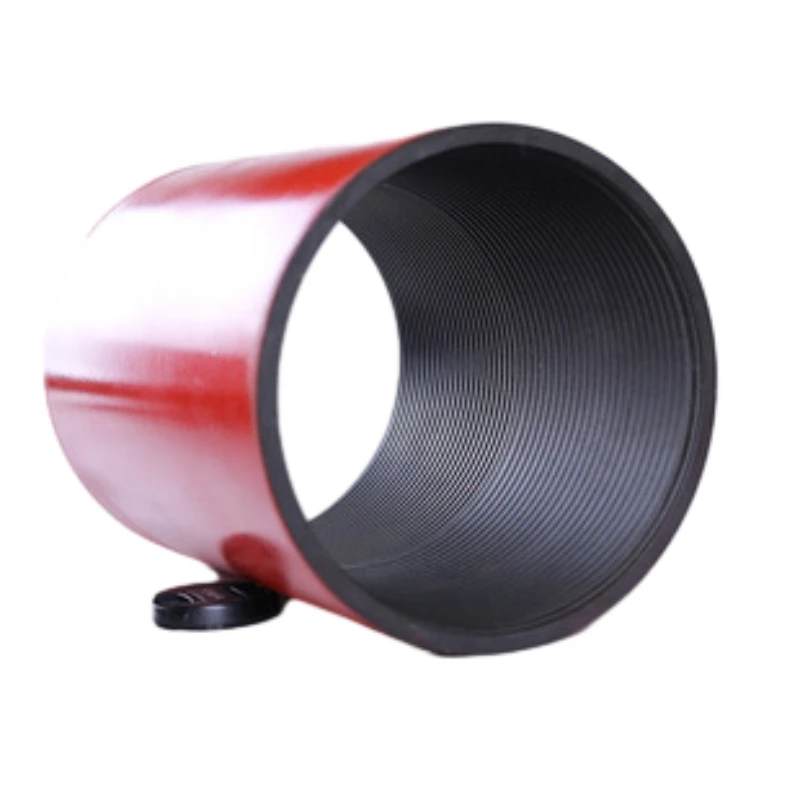- Afrikaans
- Albanian
- Amharic
- Arabic
- Armenian
- Azerbaijani
- Basque
- Belarusian
- Bengali
- Bosnian
- Bulgarian
- Catalan
- Cebuano
- Corsican
- Croatian
- Czech
- Danish
- Dutch
- English
- Esperanto
- Estonian
- Finnish
- French
- Frisian
- Galician
- Georgian
- German
- Greek
- Gujarati
- Haitian Creole
- hausa
- hawaiian
- Hebrew
- Hindi
- Miao
- Hungarian
- Icelandic
- igbo
- Indonesian
- irish
- Italian
- Japanese
- Javanese
- Kannada
- kazakh
- Khmer
- Rwandese
- Korean
- Kurdish
- Kyrgyz
- Lao
- Latin
- Latvian
- Lithuanian
- Luxembourgish
- Macedonian
- Malgashi
- Malay
- Malayalam
- Maltese
- Maori
- Marathi
- Mongolian
- Myanmar
- Nepali
- Norwegian
- Norwegian
- Occitan
- Pashto
- Persian
- Polish
- Portuguese
- Punjabi
- Romanian
- Russian
- Samoan
- Scottish Gaelic
- Serbian
- Sesotho
- Shona
- Sindhi
- Sinhala
- Slovak
- Slovenian
- Somali
- Spanish
- Sundanese
- Swahili
- Swedish
- Tagalog
- Tajik
- Tamil
- Tatar
- Telugu
- Thai
- Turkish
- Turkmen
- Ukrainian
- Urdu
- Uighur
- Uzbek
- Vietnamese
- Welsh
- Bantu
- Yiddish
- Yoruba
- Zulu
what are the differences between casing and tubing?
Differences Between Casing and Tubing in Oil and Gas Operations
In the oil and gas industry, the terms casing and tubing refer to critical components within a well, each serving distinct purposes and functionalities. Understanding the differences between casing and tubing is essential for professionals in the field, as it influences well design, integrity, and overall operational efficiency.
Casing
Casing is a series of steel pipes that are installed in the drilled wellbore after drilling. Its primary function is to support the well structure, prevent the collapse of the well, and isolate different geological formations. By isolating various layers of rock, casing helps to protect groundwater sources from contamination and ensures the stability of the well. Typically, various sizes of casing are employed, including surface casing, intermediate casing, and production casing.
Surface casing is installed first, reaching from the surface down to a depth that secures fresh water zones. Intermediate casing reinforces the wellbore further down, providing additional support and isolation of problematic formations. Finally, production casing is set to the total depth of the well, where hydrocarbons can be produced. Casing is cemented in place, filling the annulus between the casing and the wellbore to prevent fluid migration and to provide additional stability.
Tubing
In contrast, tubing is a smaller diameter pipe that is inserted within the casing. Its main purpose is to transport the hydrocarbons (oil and gas) from the production zone to the surface. Tubing is installed after the casing has been set and cemented, allowing for the efficient extraction of fluids. Because tubing is subject to varying pressures and temperatures, it is designed to withstand these operational conditions.
what are the differences between casing and tubing?

The tubing is usually made from high-strength steel, which can resist corrosion and wear from the production environment. Additionally, tubing is often equipped with various accessories, such as packers and valves, to enhance functionality and control the flow of fluids. Unlike casing, tubing is not permanently fixed in place; it can be removed and replaced as needed for maintenance or repairs.
Key Differences
One of the primary differences between casing and tubing lies in their positioning within the well. Casing forms the structural backbone of the well and is cemented in place, while tubing is installed inside the casing and is designed for the more dynamic task of fluid transport. While casing mainly provides stability and protection, tubing focuses on the safe and efficient movement of produced hydrocarbons.
Moreover, casing requires a larger diameter to accommodate various wellbore conditions and geological formations, while tubing is smaller to facilitate fluid flow. The materials used for casing and tubing may also differ, reflecting their unique roles within the well structure.
Conclusion
In summary, both casing and tubing are essential components in the construction and operation of oil and gas wells. Casing provides stability and structural integrity to the well, while tubing enables the effective transport of hydrocarbons. Understanding these differences is crucial for engineers and operators involved in drilling, completing, and producing hydrocarbons, ensuring the safe and efficient extraction of resources from the earth.
-
Tubing Pup Joints: Essential Components for Oil and Gas OperationsNewsJul.10,2025
-
Pup Joints: Essential Components for Reliable Drilling OperationsNewsJul.10,2025
-
Pipe Couplings: Connecting Your World EfficientlyNewsJul.10,2025
-
Mastering Oilfield Operations with Quality Tubing and CasingNewsJul.10,2025
-
High-Quality Casing Couplings for Every NeedNewsJul.10,2025
-
Boost Your Drilling Efficiency with Premium Crossover Tools & Seating NipplesNewsJul.10,2025







